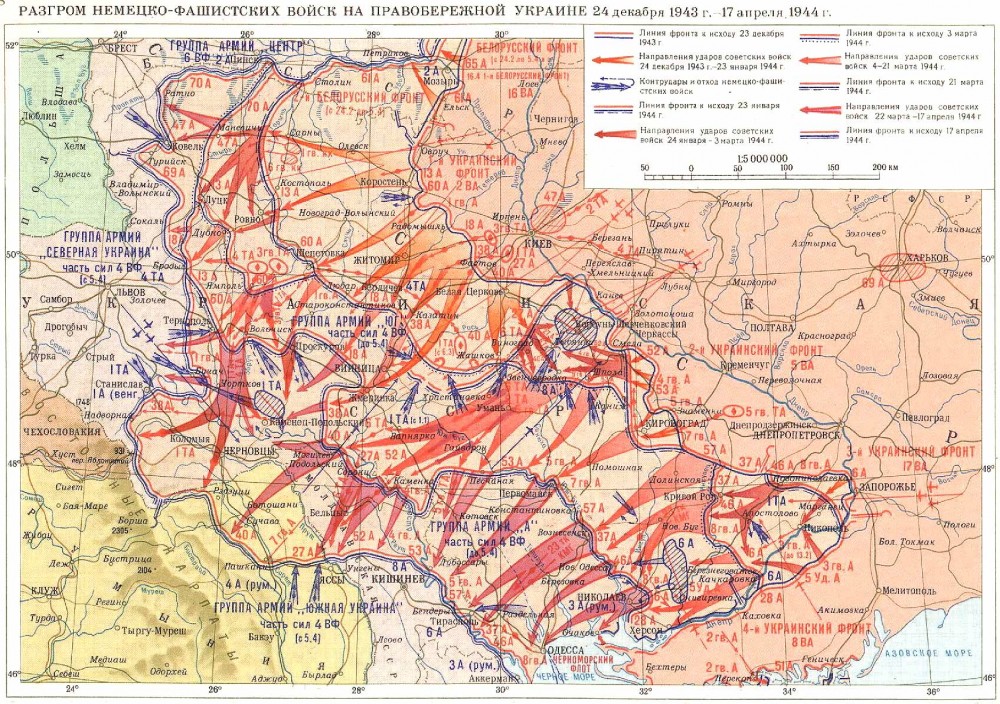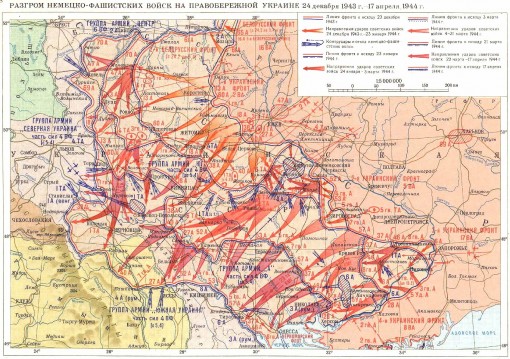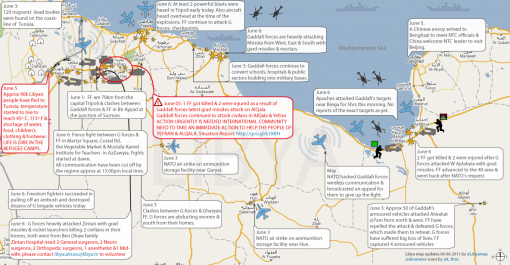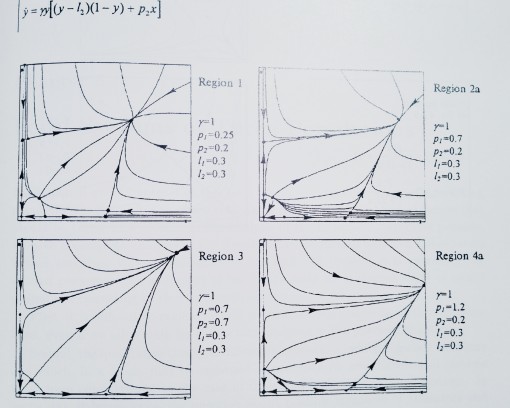Posted by Nodus Labs | June 17, 2015
Network Centric Hybrid Warfare and the Dynamics of War

Warfare is traditionally seen as a violent and destructive exercise. In this article we propose to look beyond the sensationalist and violent nature of war and focus on the dynamics of conflict itself. We will start from a general overview of the dynamics of war (and conflict) and then zoom into the specific strategies and methodologies utilized by the military for combat, survival and rehabilitation. What they all have in common is the intimate understanding of natural dynamics and its direct applications for practical, life and death situations.
“Now war is based on deception. Move when it is advantageous and create changes in the situation by dispersal and concentration of forces.” – Sun Tzu
1. Network-Centric Hybrid Warfare of Images
The concept of warfare in the 21st century has shifted from the traditional “frontal” approach – think of the red arrows penetrating blue front lines on military maps –
to the so-called “network warfare” pioneered by the Swedish and US Army in the end of the 90s seeking to destroy selected hubs using technological advantage and communication technologies.
This process of transition from the direct frontal battle on the ground towards a technologically augmented experience is mediatizing the war itself. Warfare operations are conducted remotely by networked operational units, as if they were some kind of computer games. War-related stories proliferate heroism of those who act quickly and with precision: American Sniper and Taken (both have the highest gross worldwide box office sales in 2014/2015) tell the God-like narrative where highly selective precision attacks of the good forces always win over the brutal use of frontal force utilized by the “bad guys”.
The highly educated, tolerant and sensitive Western mind shuns away war (and conflict) just like it shuns away death, preferring to have it in a way that is remote and highly visual, to avoid the direct (body) experience of it.
On the other side, those who do not have the technical means to participate in the network-centric enterprise seem to be less concerned with getting their hands dirty. They tend to come up with their own versions of “war-on-a-shoestring” commonly referred to as the Hybrid Warfare. From ISIS to Ukraine, those operations take advantage of mixing the military and local populations, (dis)information and propaganda, blurring the borders between the truth and the lie, between the enemy and the casualties.
The strategy here is also the one of precision and networking, but of a different kind. Instead of identifying the key enemy target hubs and destroying them – as is the case with the network warfare – hybrid warfare seeks to infiltrate and erode those hubs from the inside.
Media, however, also becomes an important element in their struggle: in the world where direct experience of pain is avoided, graphic images gain more power and at the same time act as an anaesthetic, similar to the drug-addiction loop.
In both cases, war operators are using the media to achieve their goals. Technologically advanced West uses it to remove itself from the epicentre, while the East uses it for ideological struggle.
As a result, the effects of warfare are often compartmentalized to the kind of imagery that is merely shocking and sensational. Warfare is then (mis)understood as a kind of violent and destructive exercise only. The focus is mainly on the devastating results, excluding the actual processes through which war shapes (and is shaped by) the human body, cognition and societal dynamics.
The dynamics produced by war is therefore obfuscated by the highly graphical and violent imagery, as well as by political correctness and certain non-violent ethics, disregarding the dynamics that lies at the basis (and origin) of confrontation.
That is not to say that war is not violent or that it should be embraced as a preferred mode of development. The hypothesis here is that perhaps instead of trying to avoid it and stop it, one should instead look at the dynamics that it produces, find the purpose it serves, and then see if something could be modified in that dynamics so that it still reaches its purpose without the violent and destructive results.
In other words, how the dynamics of war / conflict can be seen as something useful and how this pragmatic aspect could be fulfilled without destruction and violence.
2. Shismogenesis and the Dynamics of Conflict
Nature is full of conflicts. In fact, many living systems and processes exist through the constant processes of competition, destruction and fight. Those processes are important for sustaining non-equilibrium stability, which is different from balance, because it allows consistency within change, thus leading to evolutionary development and avoiding standstill.
For example, on the molecular level gene P53 is responsible for killing the cells so that not too many of them proliferate (thus playing an important regulatory role and preventing cancer).
On the level of species, Numerous studies of predator-prey interactions (e.g. wolves vs. rabbits, insects vs. birds, even political systems – democrats vs. republicans) demonstrate that those seemingly “violent” dynamical systems are, in fact, the most stable form of co-existence for the competing species, leading to the long-term survival, adaptability, evolution and diversity.
In this way war is very much related to the process of adaptation. Darwin famously said that the most adaptable ones survive, so it may make sense to suggest that war could also serve to boost adaptation for evolutionary purposes. There are many examples of this: from the development of computer and nuclear technology during the second world war to the internet coming out of DARPA (US military agency) to economic advantages of the wars in the Middle East for those who tend to initiate them.
The dynamics of conflict was very thoroughly explored by Gregory Bateson through the concept of shismogenesis (which he utilized both in his studies of schizophrenia and of the arms race). The basic premise is that the degree of difference (and thus, the potential for conflict) in a relationship increases when both parties engage in a symmetric or complimentary dynamics. The first kind, symmetric, arises when both sides mirror each other’s behavior (e.g. argument, competition etc). The second kind, complimentary, arises when one side responds to the other through opposition (e.g. dominance/submission, leader/follower, prey/predator etc).
Most self-regulatory systems, which use this dynamics in order to evolve, have in-built strategies that allow them to maintain a certain degree of schismogenesis (and thus, diversity, which is considered to be good for evolution and adaptation) through temporarily subverting the dynamical flow of those relationship patterns. Mostly it is done through switching the roles (e.g. the dominant becomes the submissive), where the dynamics stay the same, but parties are constantly changing the sides, so that they are never overwhelmed by tension that aggregates (e.g. army ranks, etc.) Another way to reduce the effects of a self-reinforcing feedback loop is to accelerate within it, so that the response is disproportionate to the effect (thus, leading the other side to reduce their intensity – the art of deception – prey-predator dynamics). Finally, there is always an option of a discussion (meta communication), where both parties can make a certain agreement to not escalate or a “secret word” to reduce intensity.
All these options allow one to maintain a slight level of tension without stopping the cyclical flow.
On the opposite, there is always an option of breaking the cycle by introducing some sort of violent or “crazy” behavior and that leads Bateson to the theory of schizophrenia as a behavioral choice within situations where meta-communication is not possible.
Therefore, conflict may be a necessary strategy of maintaining diversity and competition, which can be beneficial for evolution and development. War, therefore, may be serving as a way of breaking the cycle in order to bring the system from one non-equilibrium state to another, engaging new players or drastically changing the context and the landscape for interaction.
In this context panarchy theory seems to provide an interesting strategy that may alleviate conflicts and avoid war situations. The basic idea of panarchy is to introduce reversal and acceleration into social, political and economical processes. A period of growth is followed by a period of degrowth, acceleration is followed by deceleration, a period of reorganization is followed by a period of “release”. Thanks to this approach a system can maintain both some state of stability and stay open to change, so that it can be adaptable and evolve.
Online Course: Learning to Modulate Conflict Dynamics
3. Biological Mimicry and the Dynamics of Nature in War
In the previous section we talked about the dynamics of war and conflict and how it could be beneficial for social and political development. A non-violent approach that modulates periods of stability followed by periods of change was proposed through the notion of panarchy.
We would now like to look at how war and conflict affect individuals on a more subjective level. Our assumption here is that war/conflict is not only an effective tool to introduce change into a social/political system, but that it also actively shapes (literally) the elements of that system: physically and psychologically. So what are the mechanisms that are at work and how we can modulate them in a way that would avoid violence and destruction and be beneficial for the human body/mind?
Interestingly, the notion of “natural” comes up a lot in military design. Military learned a lot of the tactics and designs from nature and unfortunately it is often used to kill and destroy, however, most of the inventions stay to serve civilian interests.
For example, riot police uses swarming techniques borrowed from insects, forming closely-knit clusters to disperse demonstrations. This can be observed at the annual Berlin 1st of May demonstrations. Usually 10 to 20 policemen and policewomen form small groups holding their hands together. If one of them is attack, the whole swarm retaliates and drags in the attacker into its center in order to disarm and arrest them.
Airplane design is a great example of biological mimicry. Aerodynamics studies behavior of fluids and air in order to find optimal designs, which are now utilized everywhere: from car industry to SpaceX.
Another example, which is not as much biological mimicry, but, rather an unintended kind of embrace of a natural process can be observed in the training of snipers. They utilize natural chaotic 1/f noise movements of the human body to increase the precision of their shots. When aiming at long distance it is nearly impossible to achieve stillness, so what snipers do instead is reaching an oscillatory 8-like movement (which looks like a strange attractor well-known in chaos theory), and once the trajectory is more or less stabilized, the precise shot can be made.
Overall, if one skims through research papers by RAND (a US military research institute), it will become obvious that many of them are inspired directly from the processes that can be observed in nature.
Therefore, the dynamics of war is based on the dynamics of wave. Violent imagery aside, warfare has to be understood as a kind of operation that is based on attacking and giving in, tension and release, gathering and dissipation, vector attacks and subsequent redirection.
This nonequilibrium dynamics of war can also be traced in numerous martial arts and physical practices that originated as disciplines for warfare (Jiu-Jitsu, Aikido, Systema, local traditional fighting techniques) or as the aftermath of war (Noguchi Taiso, Butoh dance and others).
What unifies those physical practices is the focus on wave as the main dynamical element. Learning to lose in order to win. Full understanding of the reciprocal nature of violence embedded in the practice of war. Starting from connecting to the natural rhythms of the body (breathing and unobstructed internal flows), those practices are based on oscillation and redirection as the two main dynamical elements of combat (or dance) – precisely replicating dynamic processes observed in most most living systems on the level of physical movement.
Online Course: Learning to Modulate Conflict Dynamics




